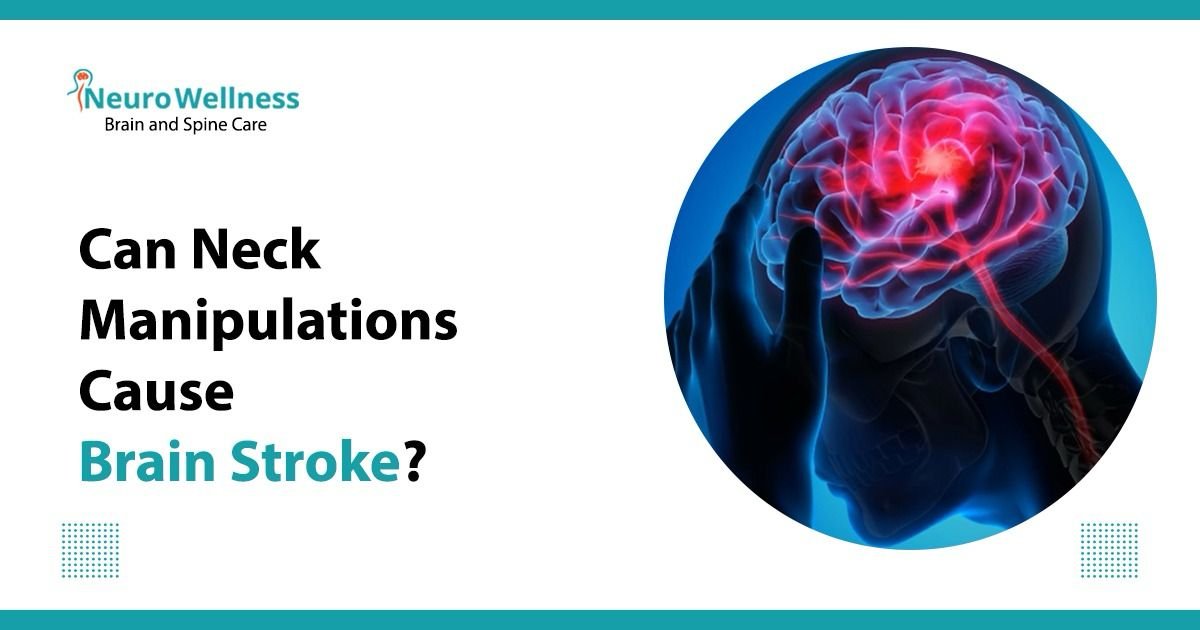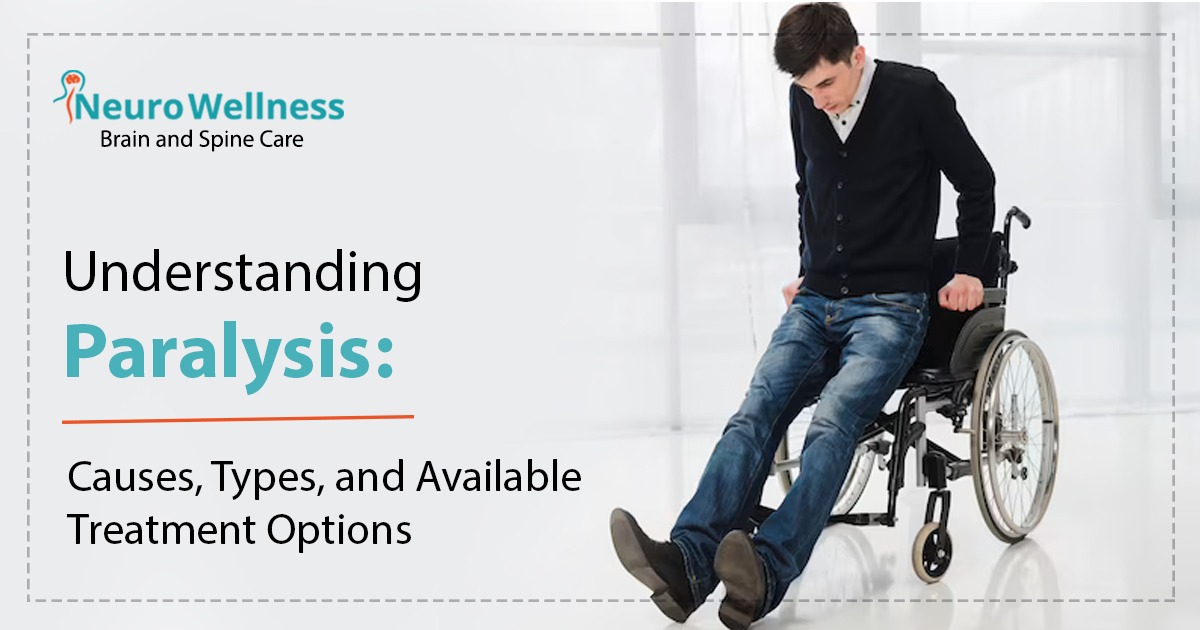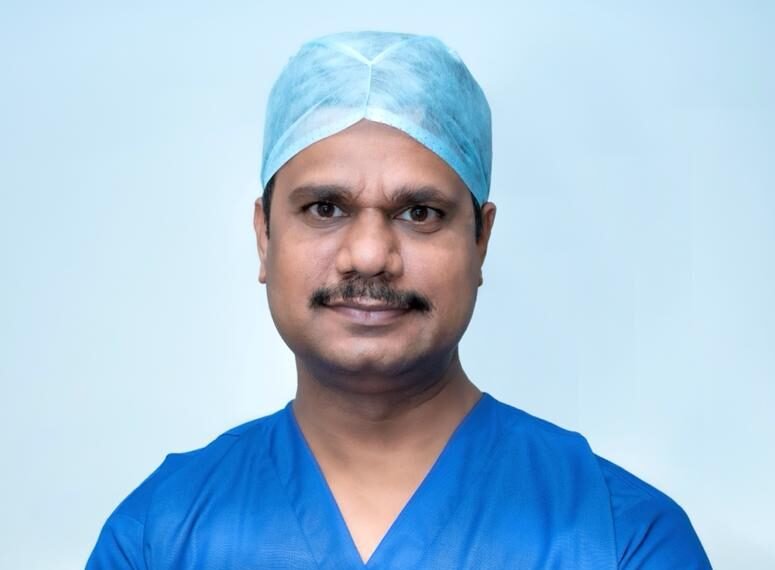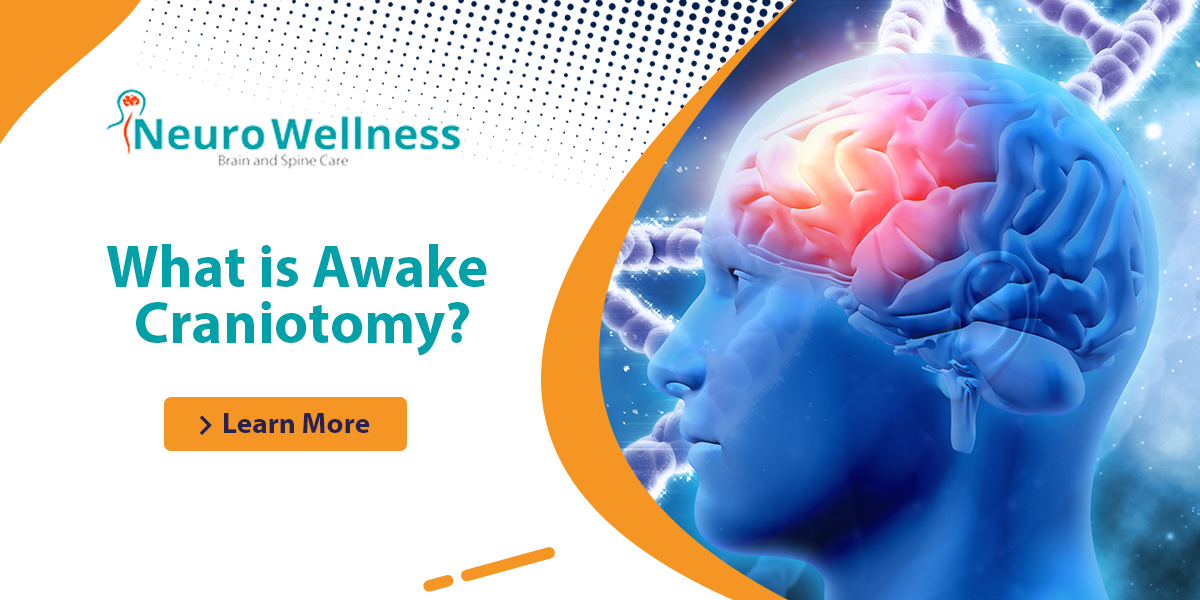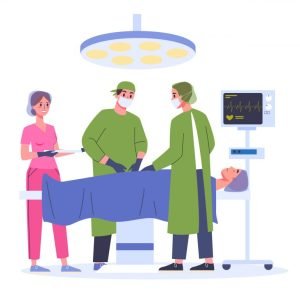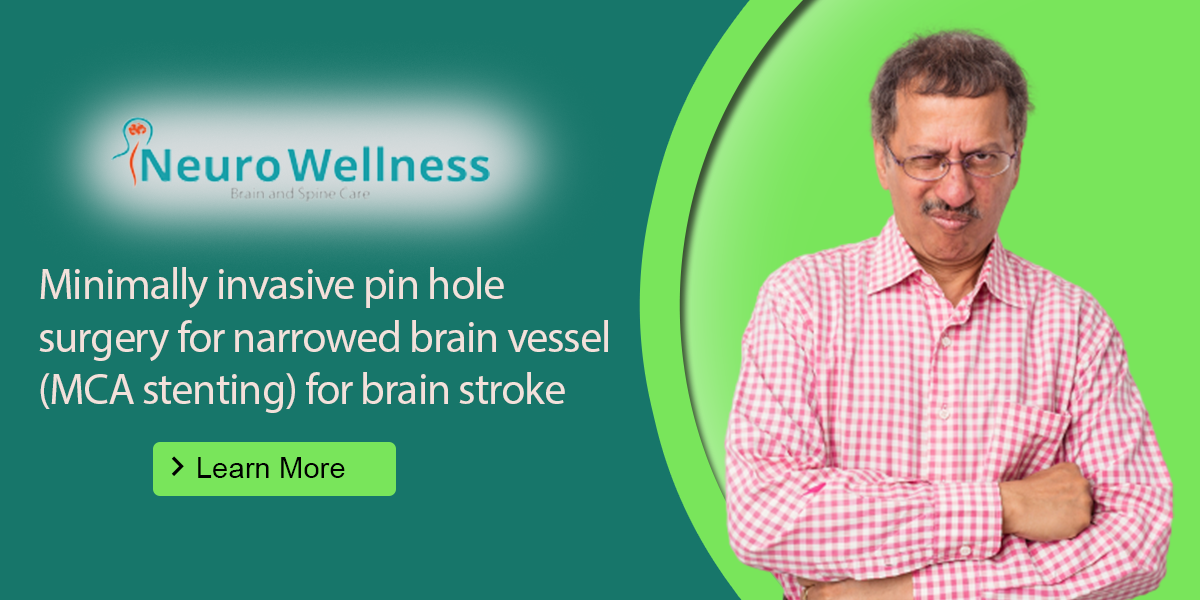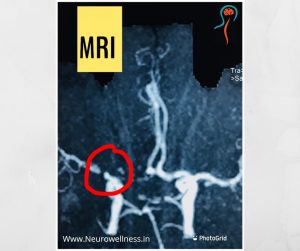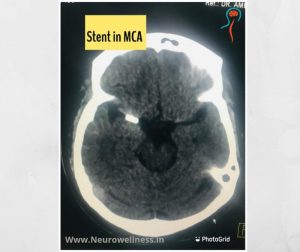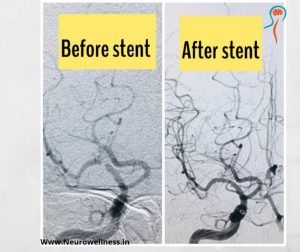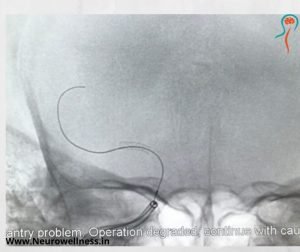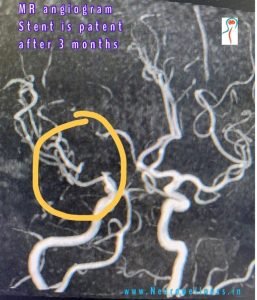Introduction:
Neck manipulations, often performed by chiropractors or physical therapists, have been a subject of controversy in recent years, with concerns raised about their potential link to brain strokes. While these manipulations are intended to alleviate neck and back pain, the safety of such procedures has come under scrutiny.
Understanding Neck Manipulations:
Neck manipulations, also known as cervical spine manipulations or adjustments, involve the application of controlled force to the neck joints to alleviate pain and improve mobility. Chiropractors often perform these adjustments to treat conditions like neck pain, headaches, and musculoskeletal issues.
The Connection to Brain Strokes:
The worry around brain strokes and neck manipulations comes from the idea that these operations could cause the vertebral arteries—which carry blood to the brain—to tear. It is postulated that the force used in neck manipulations may rupture or dissect these arteries, resulting in blood clots that could make their way to the brain and induce a stroke Even in Hair salon Shop, neck manipulations can lead to vascular injury and stroke.
Conclusion:
Neck manipulaions need to be avoided whenever possible. Since we will not be knowing the anatomy and variations in vasculature in neck ( verterbral arteries and carotid arteries ), the possible risk of brain stroke if arteries get injured cant be ruled out!

